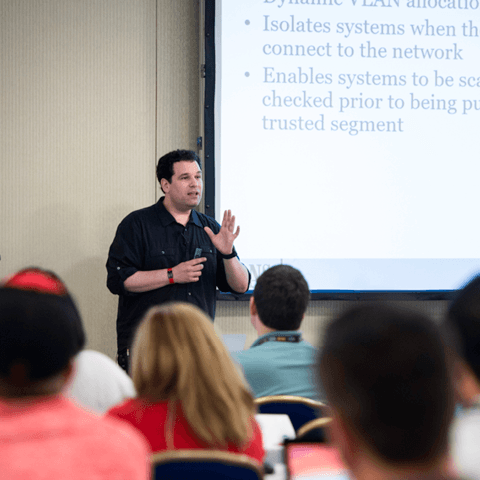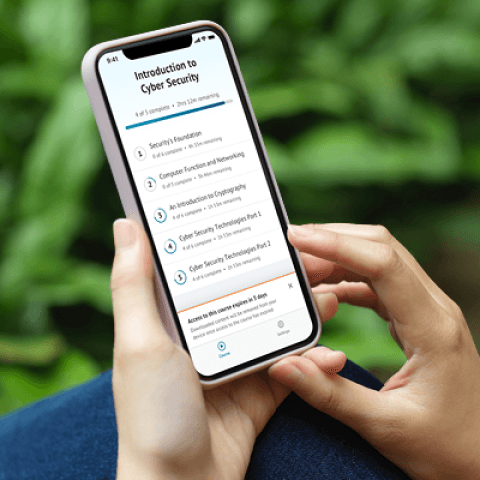SEC595: Applied Data Science and AI/Machine Learning for Cybersecurity Professionals


Experience SANS training through course previews.
Learn MoreLet us help.
Contact usBecome a member for instant access to our free resources.
Sign UpWe're here to help.
Contact Us
Apply your credits to renew your certifications
Train at your own pace from wherever you are
Course material is for individuals with an understanding of IT or cyber security concepts
Improve persuasive communication techniques to breach readers' defenses, ensuring security reports influence decisions even when audiences resist engaging with technical content.
Outstanding course. Provides a writing framework/rubric to evaluate & guide future writing.
Security professionals possess technical prowess but often struggle to effectively communicate critical findings. This course equips cybersecurity practitioners with sophisticated communication strategies for penetrating reader indifference. Through targeted exercises built on real-world scenarios, participants dissect problematic security communications and rebuild them using five essential elements of effective writing. The curriculum focuses on practical implementation rather than theoretical grammar rules, enabling participants to immediately elevate their incident reports, threat assessments, and security advisories. By strengthening writing capabilities, security professionals can ensure their technical insights achieve the operational impact they deserve within their organizations.


Lenny Zeltser, CISO at Axonius, is a leader in developing resilient security programs. His invaluable tools, like REMnux, a widely used Linux distribution for malware analysis, have become industry standards in combating malicious software.
Read more about Lenny ZeltserExplore the course syllabus below to view the full range of topics covered in SEC402: Cybersecurity Writing: Hack the Reader.
Participants discover reader-centered methodology that transforms technical communications from ignored to influential. Analyzing five critical elements, security professionals learn to hook and maintain attention. By examining flawed examples and practicing targeted reconstruction exercises, participants develop practical, impact-elevating writing skills.
Language determines whether insights penetrate or bounce off: consider word selection as a tactical decision. Terminology can create clarity or confusion, and technical accuracy can help or hinder comprehension. Reforge imprecise language into powerful communication tools, maintaining technical integrity while ensuring influence across diverse audiences.
Responsible for providing cybersecurity legal advice and recommendations, including monitoring related legislation and regulations.
Explore learning pathResponsible for operating an information system at an acceptable level of risk to organizational operations, organizational assets, individuals, other organizations, and the nation.
Explore learning pathDaily focus is on the leadership of technical teams. Includes titles such as Manager, Information Security Specialist, and Program/Project Leader.
Explore learning pathResponsible for managing the Communications Security (COMSEC) resources of an organization.
Explore learning pathResponsible for developing and conducting cybersecurity awareness, training, or education.
Explore learning pathResponsible for managing and administering processes and tools to identify, document, and access an organization’s intellectual capital.
Explore learning pathResponsible for conducting evaluations of technology programs or their individual components to determine compliance with published standards.
Explore learning pathThis dynamic and fast-paced role involves identifying, mitigating, and eradicating attackers while their operations are still unfolding.
Explore learning pathWhen purchasing a live, instructor-led course, add 4 months of online access. View price in the info icons below.
Add 6 months of hands-on skills practice. Add to your cart when purchasing your course.
I attended a training at my company right before coming here related to improving written communication. I notice similarities here but the cybersecurity focus here is invaluable!
Cyber security writing skills are critical for professional development.

Get feedback from the world’s best cybersecurity experts and instructors

Choose how you want to learn - online, on demand, or at our live in-person training events

Get access to our range of industry-leading courses and resources